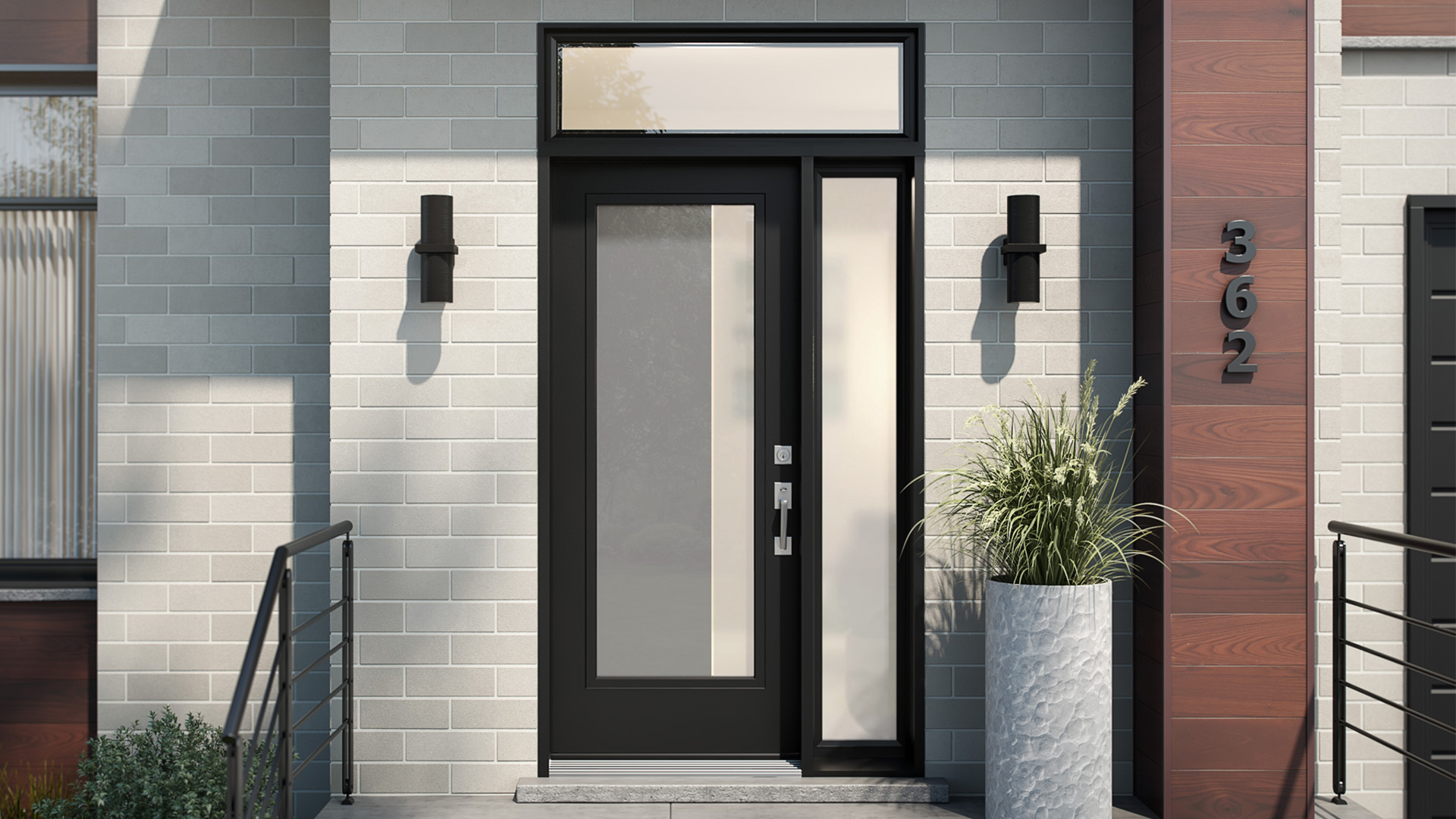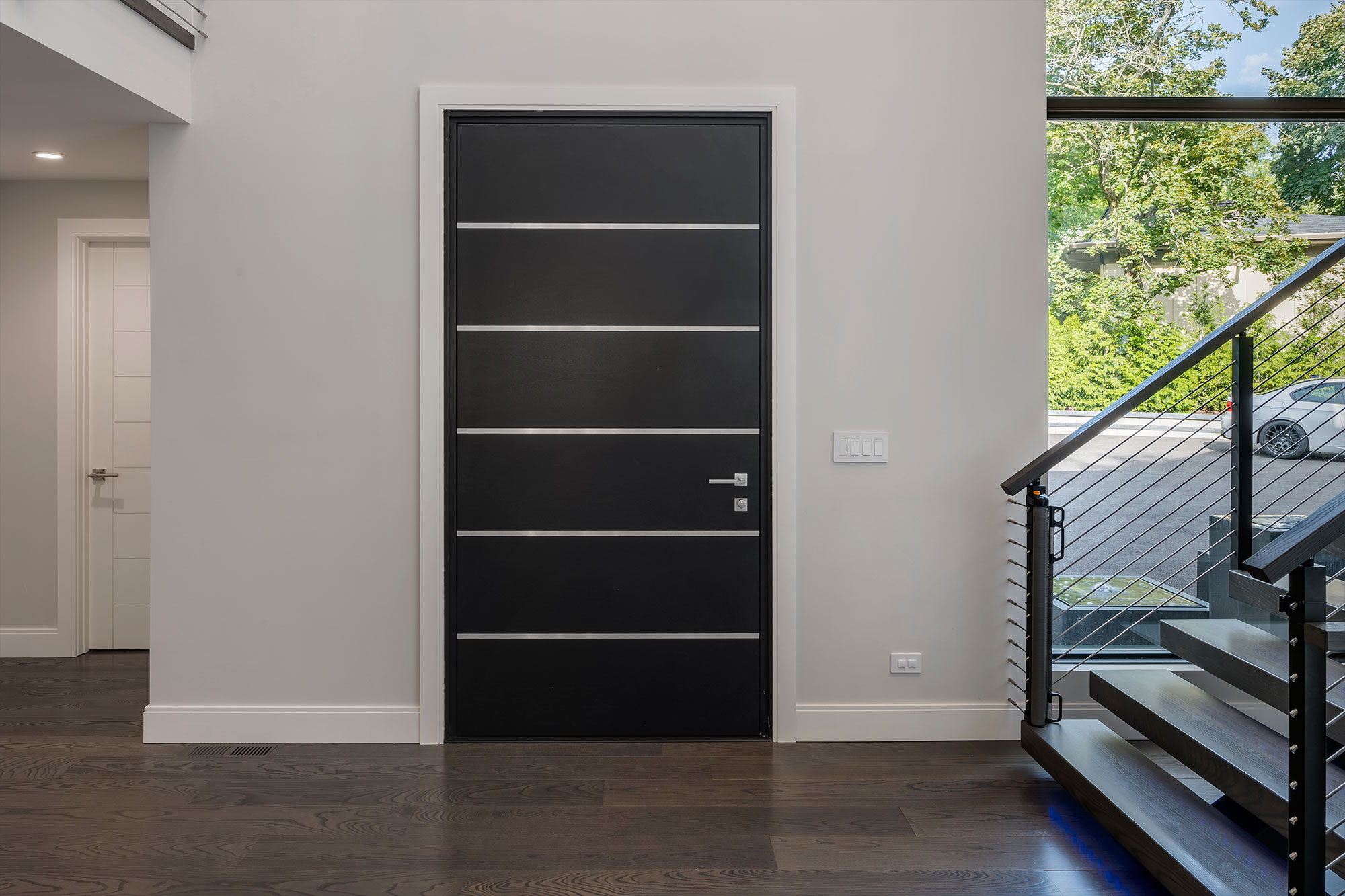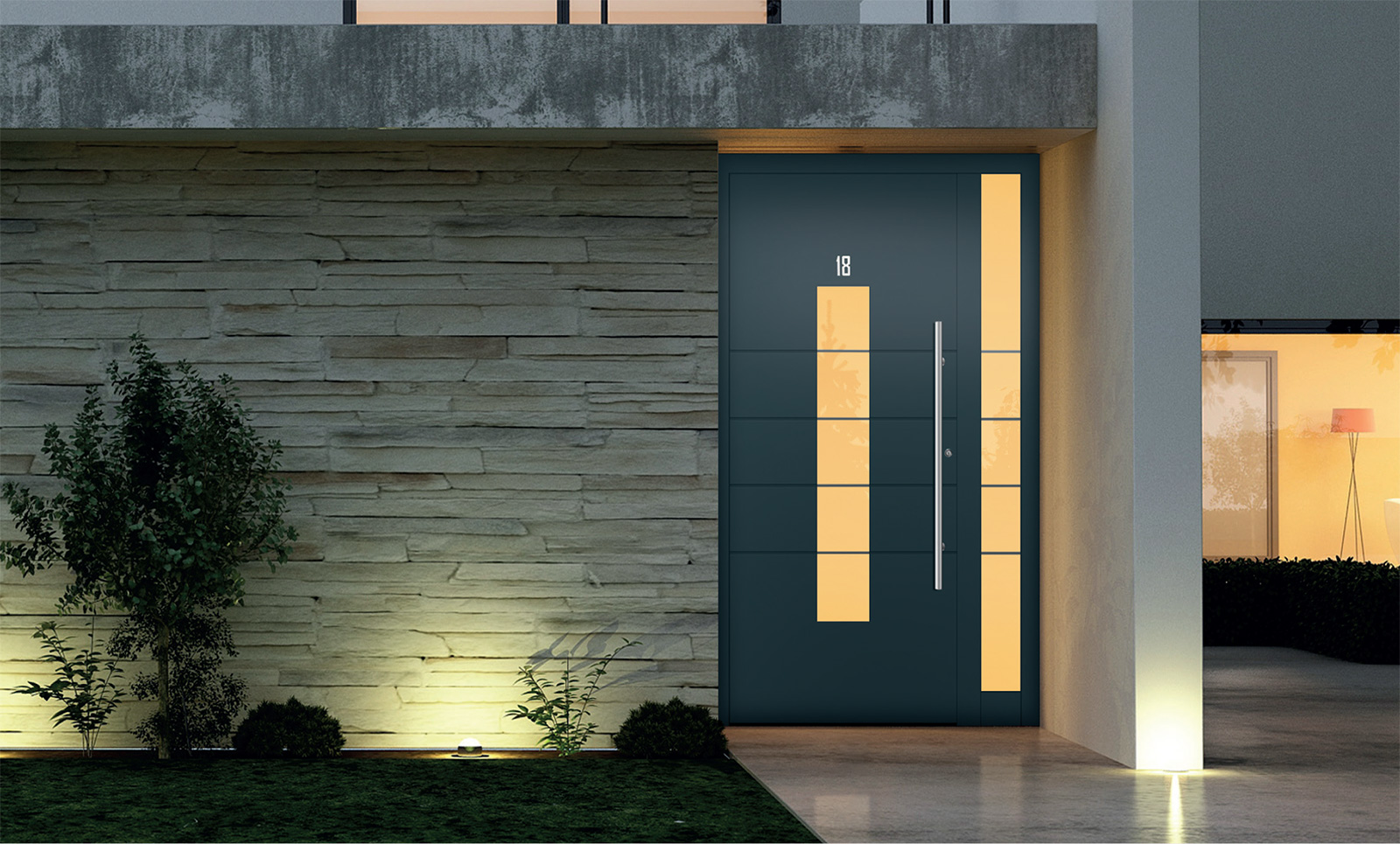What is the latest trend for interior doors?
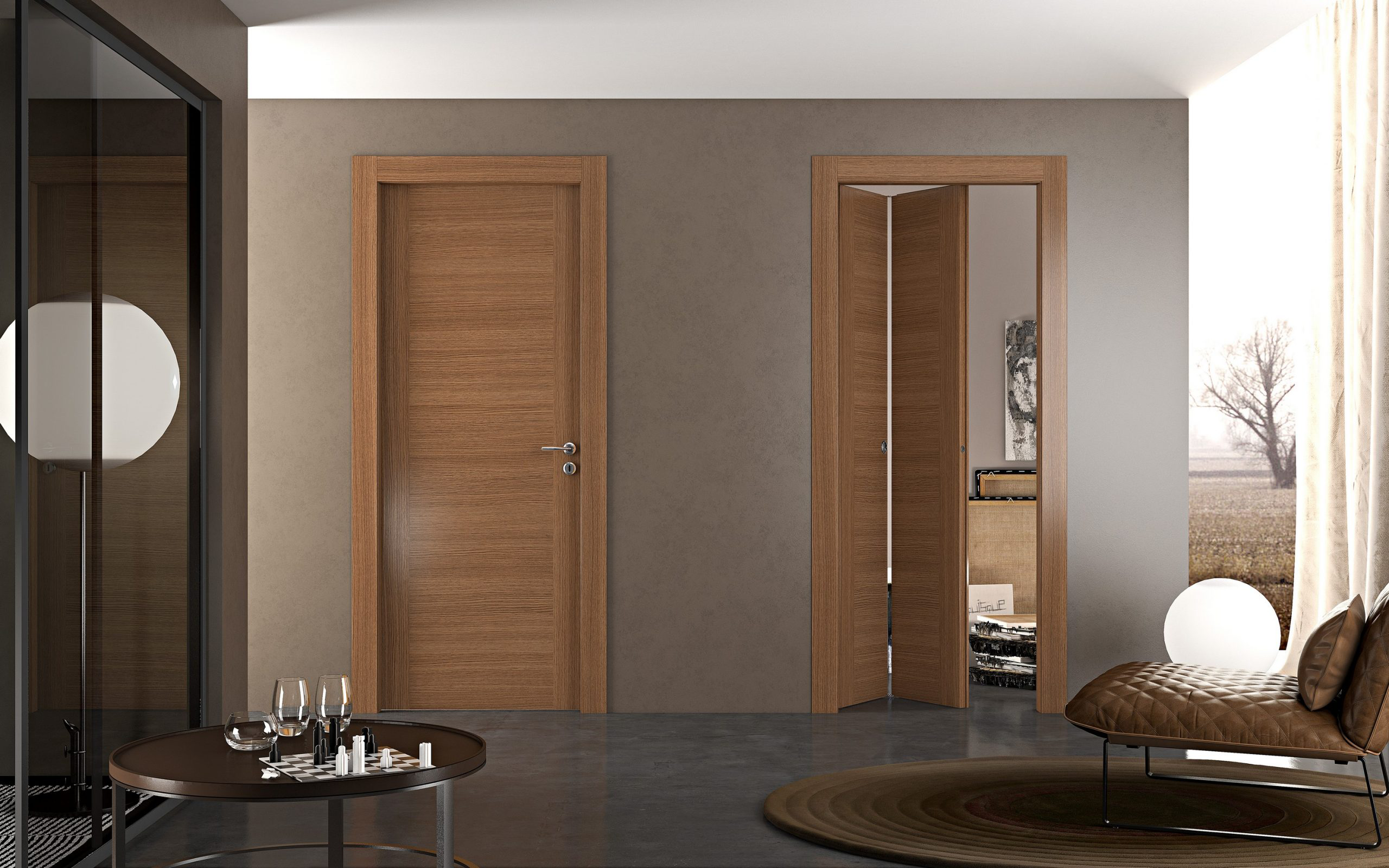
Introduction to the Latest Trends in Interior Doors
Interior doors are more than just functional elements in a home. They can transform a space, enhance the overall design, and improve privacy and safety. As we move into 2025, the trends in interior doors have shifted to reflect changing tastes, technology, and sustainability.
Why Interior Doors Matter in Home Design?
Interior doors play a crucial role in home design but often go unnoticed. They’re not just about separating rooms but about creating an experience. A well-chosen interior door can elevate a room’s aesthetic, making it feel more open, modern, or cozy. For example, fire doors are designed for safety and to blend seamlessly into a home’s style. They offer protection without compromising on design, especially with today’s sleek, modern versions.
When designing your home, you must consider how your doors will fit into the theme. A heavy wooden door might look out of place in a modern, airy space, while a minimalist glass door could clash in a traditional home. The right door makes the room feel balanced and complete. It contributes to the mood of the space, whether you’re after an open, airy feel or a more enclosed, private atmosphere.
Moreover, interior doors impact the flow of your home. They dictate how easy it is to move from one space to another, influencing the space’s functionality and energy. They also provide privacy, a key element in today’s open-plan living arrangements. Whether for a bedroom, bathroom, or office, choosing the right interior door ensures you can enjoy the space in comfort and style.
A Look at How Interior Door Trends Have Evolved Over Time
Over the years, interior doors have evolved significantly, adapting to changing tastes, technological advancements, and new regulations. In the past, doors were mainly a practical feature, with little thought about their design. However, as design trends have become more important, interior doors have transitioned into statement pieces.
One of the most significant shifts in interior door trends has been the focus on fire safety. In the past, fire doors were often heavy, industrial-looking structures more about function than form. Today, fire doors are designed with sleek lines, modern finishes, and more subtle aesthetics. Many now come in materials that match the rest of the home’s decor while offering essential safety benefits. These doors can be crafted to mimic wood, glass, or even metal, while providing the same fire protection level.
Similarly, the rise of smart technology has influenced door designs. Technology is shaping how we interact with our doors, from keyless entry to doors that automatically lock and unlock via an app. While this is more common with entry doors, interior doors, particularly those in high-security areas like home offices or safe rooms, also integrate smart features.
Another change over time has been the material choices. Wood has always been a popular choice, but now a greater variety of sustainable options are available, such as bamboo, recycled wood, and eco-friendly finishes. This shift reflects a broader move toward sustainability in home design, with homeowners seeking durable and environmentally responsible materials.
Furthermore, the open-concept layout, which became popular in the 1990s and early 2000s, led to a demand for more flexible and open interior doors. Sliding, pocket, and bi-fold doors have surged in popularity as homeowners look for ways to create a more open, flowing space while maintaining some degree of privacy when necessary.
As we move forward, the trend is shifting toward personalization. Homeowners are increasingly looking for doors that reflect their unique style. Whether through custom finishes, bold colors, or integrated smart technology, interior doors are becoming more than just a functional necessity – they’re an essential part of the home’s design.
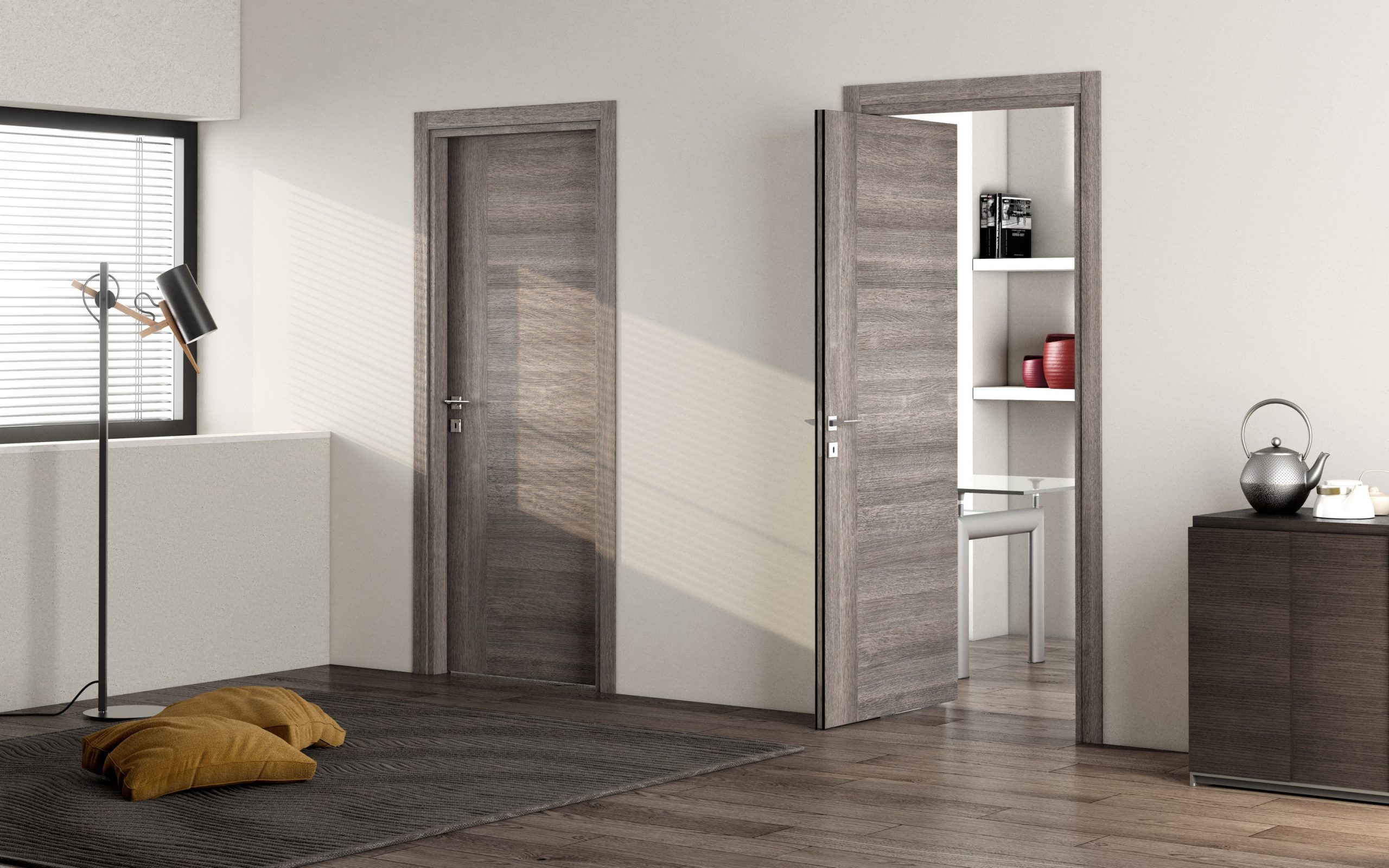
The Top Interior Door Trends in 2025
In 2025, interior door trends are embracing a sleek, modern aesthetic that blends style with practicality. Homeowners are now more focused on choosing doors that are functional and enhance the overall look of their homes. Minimalist designs lead the way, offering clean lines and simple elegance that fit perfectly with today’s interior design.
Minimalist Door Designs for Modern Homes
Minimalism continues to dominate home design, and interior doors are no exception. A minimalist door is designed to be subtle, with smooth surfaces and unembellished finishes. These doors are all about simplicity and elegance, making them a perfect choice for modern homes looking for a clean and contemporary look.
The rise of minimalist interior doors has also paved the way for more innovative and creative designs. For example, fire doors, which are typically seen as purely functional, are now being made with minimalist elements in mind. These doors offer the same level of protection, but they’re designed to blend seamlessly into modern interiors, with smooth, flush surfaces and sleek hardware.
With minimalist doors, you can create a cohesive look throughout your home, as they can easily match a variety of color schemes and décor styles. Whether working with a light, airy space or a darker, moodier environment, these doors are flexible and adaptable, contributing to a harmonious home design.
Sleek, Simple, and Elegant
Sleek, simple, and elegant – the essence of minimalist interior door designs. These doors are often characterized by flat, smooth panels with no distracting details. They are typically made from high-quality materials like solid wood, glass, or metal, which allow them to maintain their modern, streamlined look.
A great example of this trend is the sleek fire door. No longer bulky or obtrusive, fire doors now come with smooth finishes and understated hardware that make them look like any other interior door. But despite their simplicity, they still provide the necessary fire protection, proving that safety and style can go hand in hand.
These sleek doors often feature subtle touches like hidden hinges and concealed locks, adding to their minimalist appeal. The beauty of this design is that it doesn’t compete with the rest of the room’s design; instead, it blends seamlessly into the space, adding elegance without overwhelming the room.
Hidden Doors and Flush Panels
Hidden doors and flush panels are taking minimalism to the next level. These doors are designed to be nearly invisible, making them a perfect choice for modern homes that value openness and flow. Hidden doors are often integrated into walls, nearly indistinguishable from the surrounding surfaces. This design is ideal for creating clean, uninterrupted lines throughout the space.
Flush panels are similar in their approach, with doors that align perfectly with the surrounding walls, creating a smooth, continuous surface. These doors can be made from various materials, such as wood or glass, and are often used in spaces where a more seamless and sleek look is desired. Whether it’s a closet, bathroom, or fire door, these designs allow homeowners to maintain a minimalist aesthetic without sacrificing functionality.
One of the key benefits of hidden doors and flush panels is their ability to create a sense of space and openness. Because these doors blend into the wall, they don’t disrupt the room’s flow. This is especially useful in smaller spaces or open-concept homes, where the goal is to make the area feel more expansive and connected.
Hidden doors and flush panels also offer a layer of privacy and security. In the case of fire doors, these designs can look completely unobtrusive while still providing the crucial fire safety in every home.
Smart Doors for the Tech-Savvy Home
Smart interior doors are revolutionizing the way we interact with our homes. These doors go beyond simple functionality – they offer a range of features that cater to convenience and security. With the rise of home automation, smart doors are designed to make life easier, safer, and more connected.
Gone are the days of fumbling for keys. Smart interior doors offer keyless entry, automatic locking, and even remote access via smartphone apps. These doors can be controlled from anywhere, allowing homeowners to open or close doors remotely, check if they’re locked, and even grant access to guests without being physically present. For example, smart locks on interior doors can automatically lock once the door is closed, adding an extra layer of security to your home.
Smart doors also play a huge role in accessibility, especially for families or individuals with mobility challenges. Keyless entry and touch-free opening make it easier to move around the home without handling a doorknob. This is especially beneficial for people carrying groceries or when their hands are full with kids or other items.
Keyless Entry and Automation
Keyless entry is one of the most popular features in modern interior doors. With the ability to unlock doors with a code, fingerprint, or even facial recognition, you no longer have to worry about losing or forgetting your keys. This feature is ideal for busy households, where convenience is key. Whether you’re entering a home office, a bedroom, or a secure storage room, smart interior doors offer seamless entry with just a tap or a glance.
Automation also makes these doors more efficient. For example, some smart doors are linked to home automation systems and can automatically unlock when you approach. This works by detecting your phone or a smart device, making it effortless to enter your home without lifting a finger. These features are convenient and provide added security since you don’t have to worry about traditional locks being picked or keys being lost.
Integration with Home Security Systems
Another significant benefit of smart interior doors is their ability to integrate with home security systems. These doors are often connected to the home’s overall security network, which allows homeowners to monitor access points in real-time. If someone tries to enter without permission, the system can alert your smartphone or trigger an alarm.
For example, fire doors with smart features can alert you if left ajar, ensuring that your home remains secure in an emergency. Many of these smart systems also offer video surveillance integration, so you can see who’s at the door before opening it. This provides peace of mind, knowing you can always monitor access, whether home or away.
Home security is one of the main concerns for homeowners, and the ability to link your interior doors with an advanced security system is a game-changer. You can have the peace of mind that your home is secure, even when you’re not there. Plus, these systems can often be controlled remotely, making monitoring and adjusting security settings from anywhere easier.
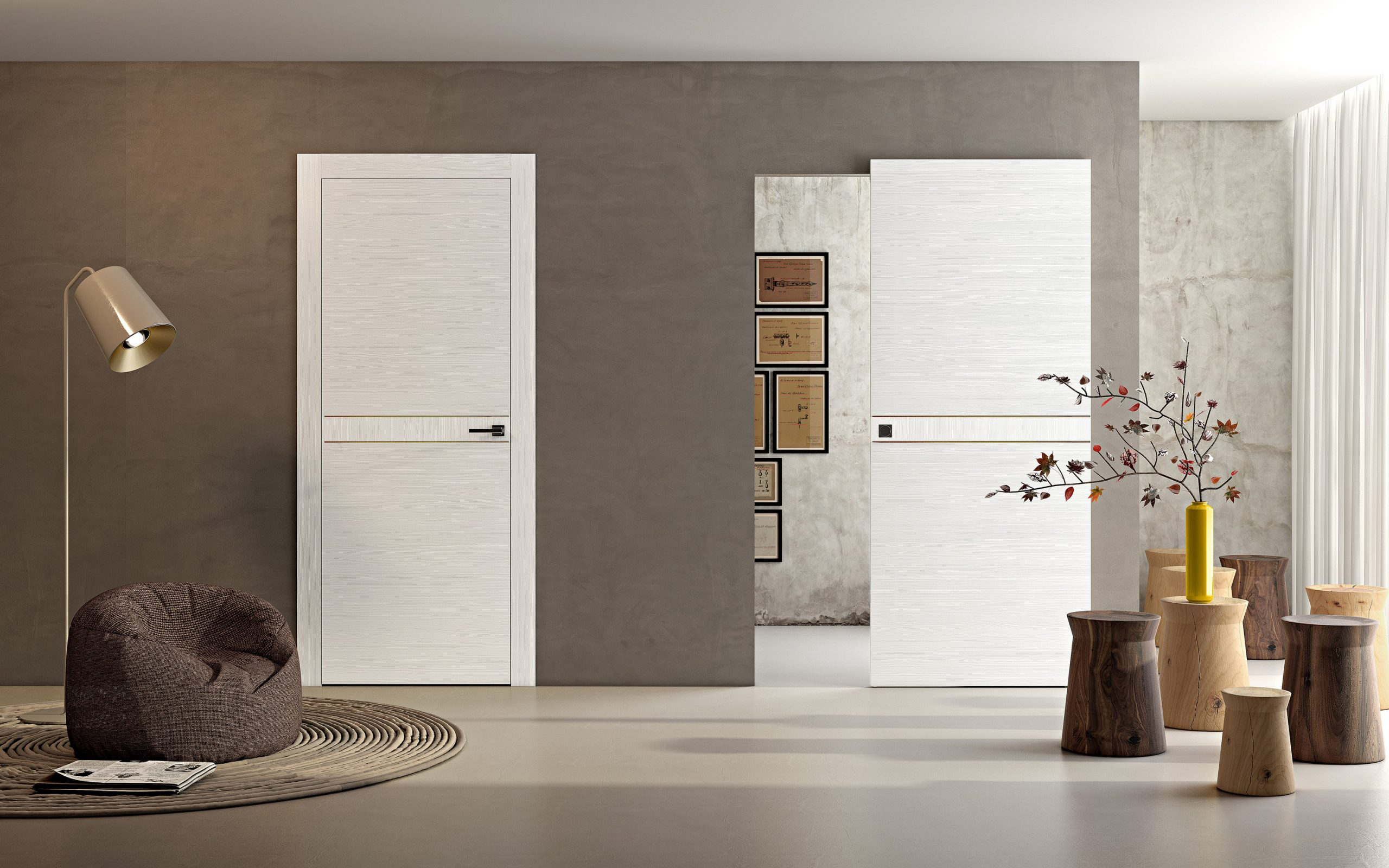
Sustainable and Eco-Friendly Materials
In 2025, interior doors are shifting towards environmentally friendly and durable materials. Homeowners want products that help minimize their carbon footprint while offering beauty and functionality. Sustainable materials like recycled wood, bamboo, and engineered products are becoming increasingly popular choices for interior doors.
Recycled wood is beautiful because it gives new life to old materials. By repurposing wood that would otherwise end up in a landfill, these doors help reduce the demand for virgin timber. The reclaimed wood used for doors often comes with a unique texture and history, adding a distinctive charm to the design of your home. Not only does it help the planet, but it also brings a touch of rustic elegance that can’t be replicated.
Sustainable materials also extend beyond wood. Eco-friendly interior doors can be made from recycled metal, glass, and even composite materials designed to be low-impact and long-lasting. These materials are often more energy-efficient and help regulate temperatures within the home, leading to a more sustainable living environment.
Recycled Wood and Green Certifications
Recycled wood is one of the top choices for sustainable interior doors. It’s not only a smart way to use materials that would otherwise be wasted, but it also has a distinct, organic look that adds character to any room. These doors are often made from salvaged wood beams, barns, or old furniture and repurposed into beautiful, one-of-a-kind pieces.
Beyond the material, many eco-friendly doors are certified by green standards such as FSC (Forest Stewardship Council) or LEED (Leadership in Energy and Environmental Design). These certifications ensure that the wood used in interior doors comes from responsibly managed forests, making it a safe and sustainable choice. For homeowners passionate about reducing their environmental impact, choosing doors with these certifications is a great way to ensure their home is built with care for the planet.
By opting for recycled wood and certified green products, homeowners are investing not only in the beauty of their homes but also in the planet’s future. These doors help reduce waste, promote responsible sourcing, and lower the carbon footprint of the construction process.
Low-VOC and Sustainable Finishes
Along with using sustainable materials, the finishes applied to interior doors are also becoming more eco-conscious. Low-VOC (volatile organic compound) finishes are a key trend in 2025, as they improve indoor air quality while being better for the environment. VOCs are chemicals commonly found in paints, stains, and finishes that can harm human health and the environment. By choosing low-VOC or VOC-free finishes for your interior doors, you are helping reduce harmful emissions inside your home.
Sustainable finishes also include non-toxic stains and paints with minimal environmental impact. These finishes provide the same quality, durability, and aesthetic appeal as traditional coatings, but with the added benefit of being safer for you and the planet. Many manufacturers now offer a range of eco-friendly finishes that protect and enhance your interior doors more effectively than their conventional counterparts.
Another popular sustainable option is using natural oils and waxes to finish interior doors. These organic finishes nourish the wood, enhance its natural beauty, and provide a protective layer without the need for harsh chemicals. They are perfect for homeowners who prefer a more natural look and feel for their doors, ensuring a healthier living environment.
Bold Colors and Patterns for Interior Door
Gone are the days of plain, neutral-colored doors. Homeowners in 2025 are embracing bold, vibrant colors and unique patterns to make their interior doors stand out. Whether adding a pop of color to a room or creating a statement piece, these trends are all about expressing personality through design.
Interior doors painted in bold colors, like rich blues, deep reds, and emerald greens, are becoming more popular. These shades can complement the rest of the room’s decor or create a striking contrast that makes the door the center of attention. Experimenting with color without committing to a complete room makeover is fun. A bold-colored door can make a space feel warmer, more welcoming, and full of character, even in more neutral spaces.
In addition to color, patterned doors are also making their mark in 2025. Whether it’s a geometric design, floral patterns, or even custom artwork, patterns on doors are becoming a way to add a personal touch to your home’s interior. This trend allows you to play with different looks and styles, from classic to modern, depending on your taste.
Dark and Moody Shades
Dark and moody colors are trending in 2025, with interior doors taking on rich, dramatic shades. Deep tones like charcoal gray, navy blue, and black are popular in modern homes. These colors add a sense of sophistication and luxury, making them perfect for home offices, bedrooms, or even bathrooms. A dark door can create a powerful contrast against light walls, helping to define spaces and create a bold look.
One of the main benefits of using dark shades for interior doors is their ability to bring warmth and depth to a room. These colors can make large spaces feel more intimate and cozy. For example, a black fire door with a matte finish can be functional and stylish, blending seamlessly into a modern, minimalist home. These doors are aesthetically pleasing and provide the durability and safety that homeowners need.
Dark doors also pair well with metallic hardware, such as gold, silver, or matte black handles and hinges. This combination adds an elegant touch and enhances the door’s presence, making it a standout feature. Whether you choose a flat black or a deep matte finish, dark and moody shades create a dramatic and sophisticated vibe in your home.
Textured and Patterned Designs
Another major trend in 2025 is textured and patterned interior doors. These designs add more personality and uniqueness to doors, giving them an artistic flair beyond the traditional smooth panels. Textured doors are often crafted with wood grain patterns, raised designs, or even 3D elements that create a tactile experience. These textures can be subtle or bold, depending on the room’s overall style.
For example, a wood-textured interior door can bring a natural, organic feel to a modern home. The texture enhances the room’s warmth while maintaining a clean, minimalist look. Some interior doors feature geometric patterns or lines that add a contemporary touch, making the door look like a work of art. Textured doors are perfect for creating visual interest, especially in rooms with neutral or simple decor.
Patterned designs are also gaining traction, with doors featuring intricate prints, from floral motifs to modern abstract designs. These patterns can be subtle or bold, depending on your taste and the vibe you want to create. A patterned door can serve as the focal point of a room, adding depth and character to otherwise plain spaces. Whether it’s a door with a repeating pattern or a one-of-a-kind custom design, patterned doors allow homeowners to showcase their style in a new and creative way.
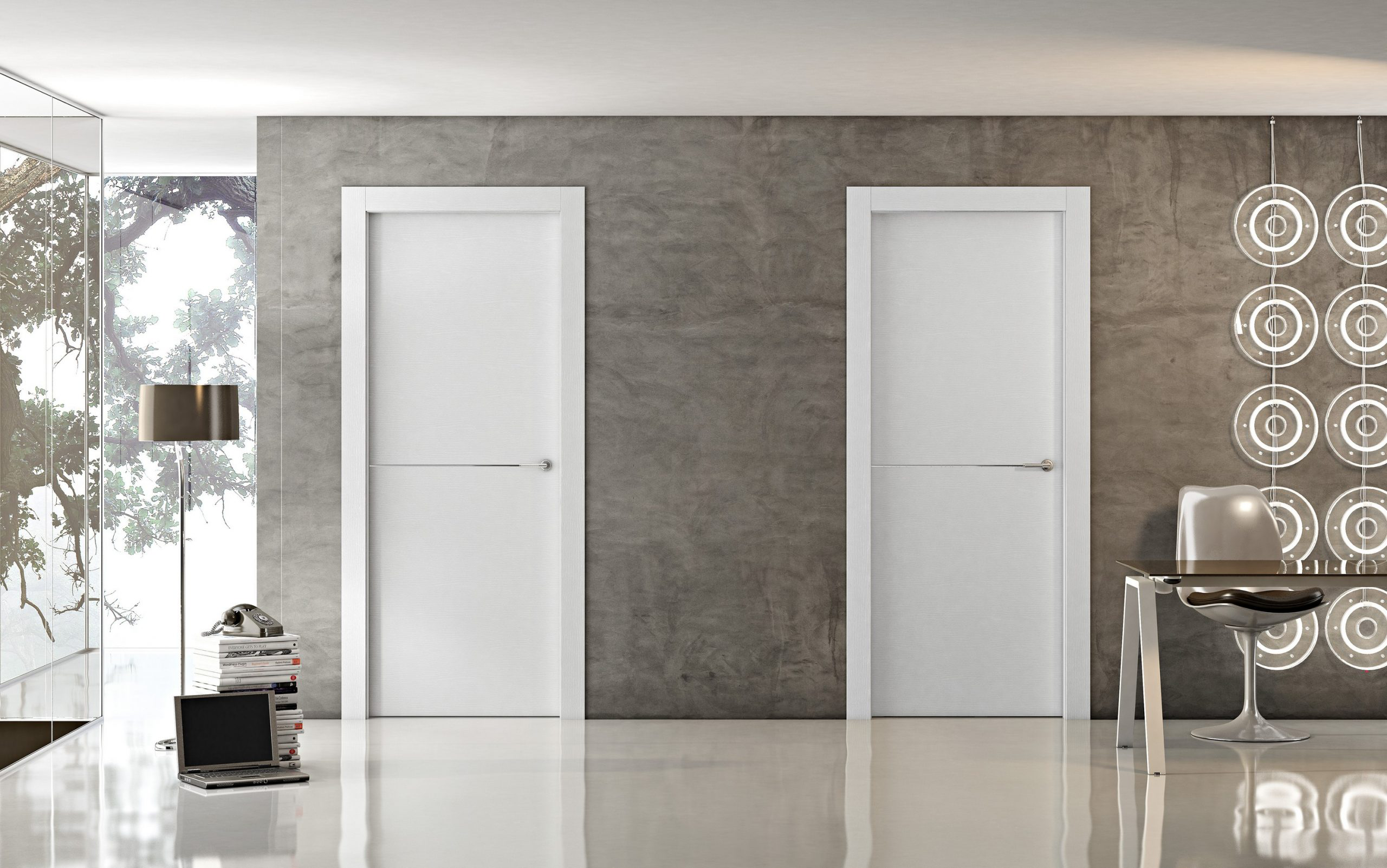
Glass and Frameless Door Designs
Glass and frameless doors are becoming essential in homes, especially in spaces where light and airiness are key. These doors have a minimalist, modern look that allows for greater visibility between rooms while offering some separation. With frameless glass doors, the emphasis is on sleek, uninterrupted surfaces that enhance the aesthetic appeal of any room.
One of the main advantages of glass and frameless interior doors is their ability to create a sense of flow between spaces. These doors work beautifully in homes that embrace open-plan layouts or those who prefer a more connected feel between rooms. The transparency of glass allows for an unobstructed view, making the space feel larger and more cohesive. Whether it’s a bathroom, a bedroom, or even a home office, glass doors provide a way to maintain privacy while still allowing natural light to pass through.
These doors are also incredibly versatile, easily fitting into various home styles. From modern minimalism to traditional décor, glass and frameless doors can be adapted to suit any design preference. With the growing trend towards clean, open spaces, these doors are becoming popular for homeowners looking to combine beauty with function.
Letting in More Natural Light
One of the biggest benefits of glass interior doors is their ability to bring more natural light into your home. In spaces that may otherwise feel dark or closed off, these doors allow sunlight to pour in from one room to the next, brightening up the whole area. Whether it’s a small hallway or a large living room, glass doors can make a huge difference in how light flows throughout the home.
Natural light is known for improving mood, enhancing productivity, and creating a welcoming atmosphere. Glass doors make it easier to enjoy these benefits by allowing sunlight to travel deeper into the home. This is particularly valuable in areas like corridors or rooms with limited windows, where it’s easy for natural light to get blocked. With glass interior doors, even smaller spaces feel more open and airy, as light spreads freely throughout the home.
Many homeowners choose glass doors with frosted or etched patterns for added privacy while letting in light. These doors balance maintaining an open and bright feel and ensuring that rooms like bathrooms or bedrooms are shielded from view. By choosing different types of glass, homeowners can control how much light they allow in and whether they want to maintain complete privacy.
Creating Open, Airy Spaces
Frameless glass doors are perfect for creating open, airy spaces that feel more expansive. By eliminating bulky frames, these doors provide a seamless, unobstructed view, allowing one room to flow effortlessly into another. This is especially important in today’s homes, where open-concept layouts are popular. Glass doors can connect living rooms to dining rooms, kitchens to outdoor spaces, or even home offices to family rooms, creating a sense of space and freedom.
In addition to their aesthetic appeal, frameless glass doors help create flexible spaces. For example, you might use a frameless glass door to separate a home office or study from a living area. The transparency ensures that even though the door creates separation, the space doesn’t feel confined or enclosed. These doors work well in any room where maintaining an open, airy feel is a priority.
Not only do glass and frameless doors improve the visual flow of a space, but they also improve the acoustics. Since glass doors often come with sound-dampening features, they allow you to separate rooms without creating a jarring difference in sound. This makes them an ideal choice for spaces where you want privacy and a sense of openness, such as a living room and dining area, a quiet study, and a bustling kitchen.

How to Choose the Right Interior Door for Your Space?
Choosing the right interior door can significantly impact the overall feel of your home. With so many styles, materials, and finishes available, it’s important to pick one that complements your space and enhances the flow of your design. Here’s a guide to help you choose the best interior door for your home, considering aesthetics, functionality, and style preferences.
Matching Door Styles with Your Home’s Aesthetic
When selecting an interior door, it’s essential to consider the overall design and atmosphere you want to create in your home. Your door should align with the style of the room and the house as a whole. Whether you’re going for a traditional look or something more modern, the interior door you choose will play a key role in setting the tone of your space.
Interior doors in various styles blend into your existing décor or stand out as a focal point. Consider how the door will complement the other elements in the room, like the furniture, walls, and flooring.
Traditional vs. Modern Looks
The first step in choosing an interior door is deciding whether you prefer a traditional or modern look. Traditional doors feature more intricate designs like raised panels, rich wood finishes, and detailed trim. They work well in homes with a classic or vintage style, or in spaces that need a bit of warmth and character. For example, a traditional wooden interior door might be a perfect fit for a study or dining room with a cozy, vintage feel.
On the other hand, modern interior doors have cleaner, simpler lines and are often made with materials like glass, steel, or engineered wood. They are ideal for contemporary spaces that favor minimalism and open layouts. Modern doors tend to be flat or feature minimalistic panels, sometimes with a frosted or clear glass insert for a touch of transparency. These doors work well in homes with a more minimalist or industrial design, where the goal is to keep things sleek and uncluttered.
The key is to choose a door that complements the feel of your home. Traditional doors bring a sense of richness and history, while modern doors provide a clean, airy atmosphere that works well in open-concept spaces.
Color Coordination and Door Hardware Choices
Once you’ve decided on the style of your interior door, it’s time to consider color and hardware. These two elements can make or break the look of your door, so they should be carefully chosen to match your home’s color palette and design theme.
Color Coordination:
Choose rich wood tones like cherry, oak, or walnut for a traditional look. These colors bring warmth and elegance to a room and pair well with vintage furniture or warm-toned walls. However, you might prefer lighter finishes, like white, gray, or black, in a modern home. These shades contribute to the clean, open feel of the space. A bright or bold color, such as deep blue or emerald green, can also work as a statement piece in a modern interior, giving the room a bit of flair.
Don’t forget about the walls and surrounding furniture. A door in a similar tone to the walls can create a more seamless look, while a contrasting door color can become a statement piece. If you’re looking for a bold impact, consider a color that pops against your wall color, like a navy blue door against white walls.
Door Hardware Choices:
Door hardware is another important consideration. The knobs, handles, and hinges you choose will add to the overall aesthetic. Ornate brass, bronze, or antique silver hardware can enhance the classic look of traditional doors. These finishes add character and a sense of timelessness. On the other hand, modern interior doors pair well with sleek, minimalist hardware. Matte black, brushed nickel, or polished chrome handles are common choices for contemporary homes. These finishes are subtle yet stylish, complementing modern doors’ smooth, clean lines.
Those who prefer a more integrated look should consider concealed hardware. Some modern doors feature hidden hinges or magnetic locks that keep the focus on the door’s design rather than the hardware. This creates a sleek, uninterrupted appearance that works well in minimalist spaces.
Budgeting for Interior Doors
Budgeting for interior doors might seem straightforward, but planning is essential with so many options available. Prices for interior doors can vary significantly based on materials, design, and installation costs. Knowing the average price points and balancing quality with cost is essential to ensure you get the best value.
Before starting, consider how many doors you need to replace or add and what type fits your space and aesthetic. Once you have a clear idea of your needs, you can set a budget that works for you. Leaving some room for unexpected costs, like customizations or upgrades.
Understanding Different Price Points
Interior doors come in a wide range of prices, depending on your chosen materials and features. Understanding these price points will help you narrow down your options based on what fits your budget.
Low-End Doors:
You’ll find basic hollow-core doors made from plywood or MDF with minimal decoration at the lower end of the price range. These doors are affordable, often starting at $30–$50 per door. While functional, they may lack the higher-end options’ sturdiness and aesthetic appeal. Hollow-core doors are commonly used in less formal spaces like bedrooms or closets.
Mid-Range Doors:
Mid-range interior doors typically cost between $100 and $300. These doors are usually made from solid core materials, offering better soundproofing and durability than hollow-core doors. They may also feature stylish designs like raised panels, veneers, or decorative finishes. Mid-range doors are a great option if you want a balance between quality and price.
High-End Doors:
Depending on the style and material, high-end interior doors can range from $300 to $1,000. These doors often feature high-quality solid wood, glass, or custom designs. For example, fire doors with enhanced insulation or sophisticated frameless glass doors will fall into this category. High-end doors provide both durability and elegance, making them ideal for main entryways, luxury homes, or areas where you want to make a statement.
Cost of Materials, Design, and Installation
The cost of an interior door can be broken down into three key areas: materials, design, and installation.
Materials:
The material of your interior door is the most significant factor affecting its price. Wood doors, excellent wood, are typically more expensive than synthetic materials like MDF or plywood. Solid wood doors provide strength and natural beauty but come at a premium price. On the other hand, engineered wood doors, such as those made from MDF or particleboard, offer a budget-friendly alternative while still providing durability and a decent aesthetic.
Glass doors, frameless designs, or fire-rated doors, which provide extra safety and durability, also tend to cost more than standard wood doors. These materials bring additional benefits but come with a higher upfront cost.
Design:
The design of the interior door can impact the price as well. Basic doors with no decoration or detailing will cost less, while custom or decorative doors with intricate panels, carvings, or patterns will increase the price. If you opt for specialty features, like a fire door or a custom glass insert, the price will be higher, as these require additional materials and craftsmanship.
Installation:
While many consider only the door’s price, installation is another essential cost factor. Depending on the job’s complexity, professional installation costs can range from $100 to $250 per door. The price could be higher if the door requires cutting or adjusting the frame. Some homeowners may install the doors themselves, leading to additional challenges and potential errors.

How to Maintain Interior Doors Over Time
Maintaining your interior doors doesn’t have to be difficult or time-consuming. Whether your doors are wood, glass, or metal, a little care goes a long way in preserving their appearance and function. Regular maintenance will help protect your investment and keep your home looking its best, from keeping it clean to fixing minor issues.
Simple Cleaning Tips
One of the easiest ways to maintain your interior doors is to keep them clean. Dust and dirt can accumulate quickly, especially on frequently touched doors. Regular cleaning helps prevent buildup and ensures your doors stay fresh and attractive. Here are some simple tips for cleaning different types of interior doors:
Wooden Doors:
It’s best to use a soft, dry cloth for wooden doors to dust the surface regularly. If your door is filthy, lightly dampen the cloth with water and gently wipe it down. Be sure to dry the door afterward to prevent moisture from damaging the wood. If you want to add shine, apply a wood polish or cleaner designed for interior doors. Avoid harsh chemicals that could strip the finish or damage the wood.
Glass Doors:
Glass interior doors require more attention since fingerprints and smudges are often visible. Use a glass cleaner and a soft microfiber cloth to wipe the surface. For a streak-free shine, clean in a circular motion. Clean gently if the door has a frosted or etched pattern to avoid damaging the surface. Always check for any cracks or chips, as glass can be fragile.
Metal Doors:
Metal doors, such as those made from steel or aluminum, are durable but can still collect dirt and grime. Clean these doors with a damp cloth and dry them afterward. Use a gentle cleaner designed for metal surfaces if there are any stains. Be mindful of the door’s finish, as some metal doors have a protective coating that harsh cleaners could damage.
Avoid Excessive Moisture:
No matter the material, be cautious not to use too much water when cleaning your interior doors, as excess moisture can damage the material over time. Always dry the door thoroughly after cleaning to prevent warping, rust, or other damage.
Keeping Your Doors in Top Shape
In addition to cleaning, regular maintenance is key to keeping your interior doors in top shape. Small issues, like squeaky hinges or loose handles, can become more problematic if not addressed promptly. Here are some tips to help you maintain your doors and keep them functioning well:
Lubricate Hinges and Locks:
Over time, door hinges can become stiff or squeaky. Add a small amount of lubricant, like WD-40, to the hinge to fix this. Open and close the door several times to ensure the lubricant is evenly distributed. You can use a silicone-based lubricant for locks and latches to keep them working smoothly.
Tighten Hardware:
Check the hardware on your interior doors regularly. If you notice loose handles, knobs, or screws, simply tighten them with a screwdriver. Loose hardware affects the door’s function and can lead to further damage if left unchecked.
Check for Drafts:
If your door isn’t sealing properly, it may allow drafts to enter your space, affecting your home’s temperature and energy efficiency. Check the weatherstripping or seals around the door. If they are worn or damaged, replace them. A well-sealed door helps maintain your home’s insulation and keeps it comfortable.
Fix Scratches and Dents:
Minor scratches or dents in your interior door can be repaired easily. You can use a wood filler or touch-up stain to cover small imperfections on wood doors. A paint touch-up kit can help restore the finish for metal doors. Glass doors may require professional repair if they are chipped or cracked.
Regular Inspections:
Make a habit of inspecting your doors every few months. Look for signs of wear and tear, such as peeling paint, warped wood, or any functionality issues like difficulty opening or closing the door. Catching small problems early can save you time and money on larger repairs in the future.
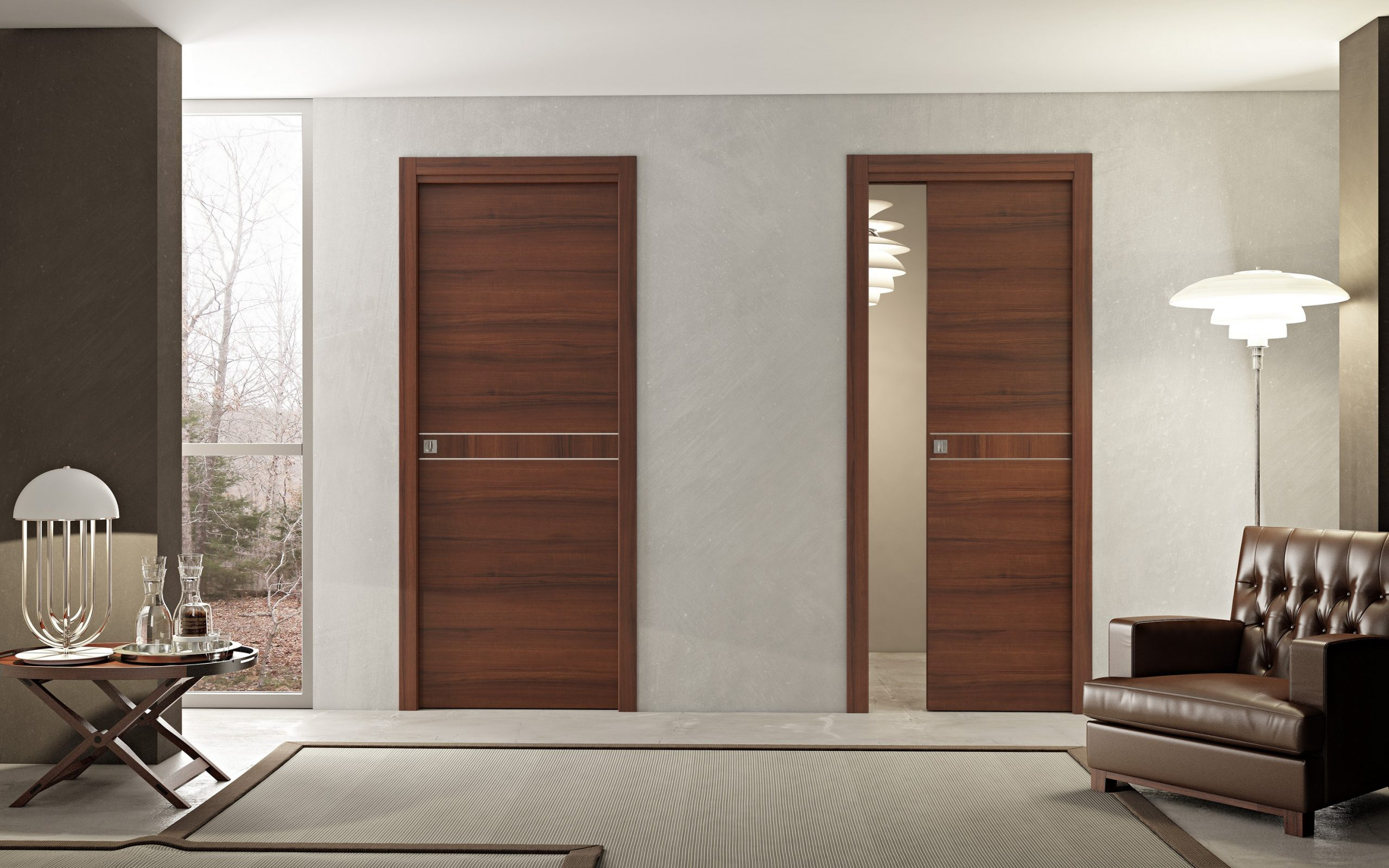
Conclusion
Choosing the right interior door for your house is more than just a functional decision. It’s a key part of your home’s overall design and can have a lasting impact on your space’s aesthetics and functionality. Whether you’re updating your current doors or building a new home, the interior doors you choose will shape the look and feel of your rooms. They serve as a gateway between spaces, providing both privacy and style, while contributing to your home’s energy efficiency and security.
The Importance of Choosing the Right Interior Door for Your House
Interior doors are often overlooked when designing a home, but they are crucial in creating the right atmosphere. The right door can enhance the design of a room, boost its functionality, and even add to its overall value. Choosing the perfect interior door depends on several factors, such as the style of the room, your budget, and how much privacy or light you need in a given space.
Style
For instance, a sleek, modern interior door can make a bold statement in a contemporary home, while a traditional wooden door may be the perfect choice for a more classic or vintage space. Fire or glass doors can be used to balance safety and style, offering protection while maintaining the flow of natural light between rooms.
Hardware Accessories
The choice of door hardware—such as handles, knobs, and hinges—can also play a significant role in the door’s overall appearance. Matching the hardware with the room’s décor ensures that the door doesn’t just work but enhances the entire space.
Cleaning and Maintenance
Furthermore, maintaining your interior doors over time is just as important as selecting the right ones. Regular cleaning and maintenance will keep your doors looking fresh and functioning properly for years, making them a worthwhile investment in the long run.
Installation and Maintenance
Lastly, installation and maintenance are important factors to think about. Some doors, like pocket or French doors, require more effort during installation. Regular maintenance, like cleaning and lubrication, will keep your doors functioning smoothly for years.
Summary
In conclusion, when it comes to interior doors, choosing doors that fit your style and your practical needs is essential. Whether you prioritize design, security, or energy efficiency, selecting the right interior door will ensure your home looks and feels its best.
Relate FAQ
How do interior door trends affect home value?
Modern interior door trends, such as high-quality finishes and smart technology, can increase a home’s value. Upgrading to stylish and energy-efficient doors can enhance the property's overall appeal, making it more attractive to potential buyers. Additionally, doors with noise-reducing properties or unique designs can be considered luxury.
Are there sustainable options for interior doors?
Yes, there is a growing focus on sustainability in the interior door market. Homeowners opt for doors made from eco-friendly materials such as reclaimed wood, bamboo, and recycled metal. These materials are durable, sustainable, and help reduce environmental impact. Additionally, low-VOC paints and finishes are becoming standard for interior doors to minimize harmful emissions.
What types of interior doors are best for small spaces?
For small spaces, sliding doors or bi-fold doors are excellent choices. These doors save space by not swinging open, making them ideal for tight areas like bathrooms or closets. Pocket doors are another space-saving solution that slides into the wall, allowing for a more open layout without compromising privacy.
How can I incorporate modern interior doors into traditional home designs?
To blend modern interior doors with traditional home designs, consider choosing doors with contemporary materials like glass or steel while maintaining classic paneling details. Using neutral or earthy tones for door finishes ensures the modern look doesn’t clash with the home’s traditional charm. Mixing styles in this way creates a timeless aesthetic that bridges both old and new design elements.
What are the benefits of smart interior doors?
Smart interior doors offer convenience, security, and energy efficiency. Features like remote-controlled locking systems, biometric recognition, and voice-activated opening provide increased security and ease of use. Some smart doors also have built-in sensors that adjust the door's position based on temperature, which can help with energy savings and comfort.
